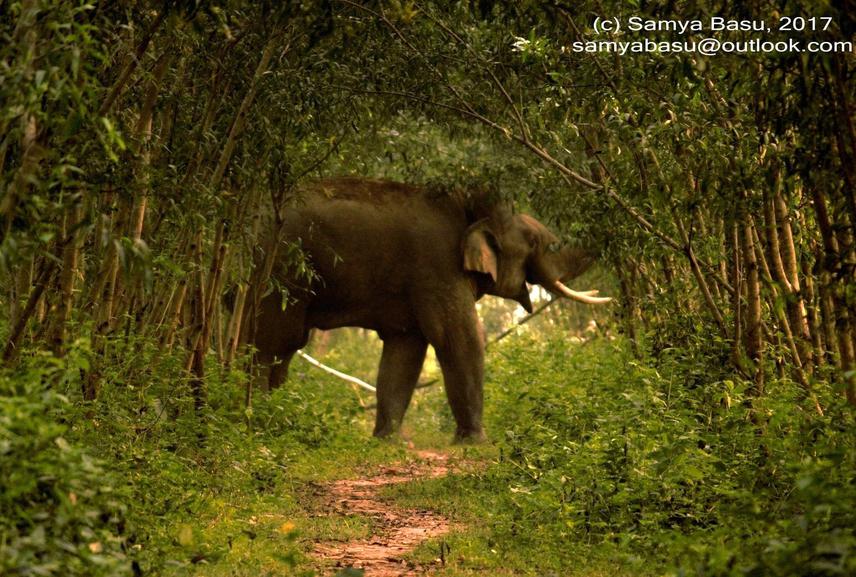Samya Basu
Other projects
26 Mar 2008
Ecological Restoration of Elephant Corridors and Community Awareness to Reduce Human-Elephant Conflict around Mayurjharna Elephant Reserve, West Bengal, India
29 Nov 2011
Community Capacity Building & Conservation Education to Mitigate Man-Elephant Conflict & Conservation of Eastern India Elephant Population in West Bengal, India
21 May 2015
Living with Harmony – A Community Based Initiative to Develop a Comprehensive Management Plan to Mitigate Human-Elephant Interaction, Southern West Bengal, India
22 Aug 2017
Living with Elephants: Conservation of Endangered Asian Elephants and Threatened Corridors through Human-Elephant Interaction Mitigation in West Bengal, India
The project is continuation of 1st RSG project in Mayurjharna Elephant Reserve. The project aims to enumerate elephant population, survey the identified elephant route to review the fodder status and understand the dependency of villages on that. The project aims to conserve the restored and remaining natural elephant habitat and implement scientific and traditional methods to mitigate human-elephant conflict in sample villages through interactive community awareness programme.

Asian Elephant is considered as Endangered (EN A1cd) in RDB, IUCN and Schedule I species in Indian Wildlife (Protection) Act 1972. The only elephant reserve in South West Bengal is Mayurjharna Elephant Reserve (MER) with an area of 414.06 sq.km. The elephant population In MER increased from 45 in 1987 to 96 in 2005 (Ref. Census in Elephant Reserves in India, 2005). The population also represents the ‘Eastern India’ elephant population.
We will do a Rapid Assessment Survey in Mayurjharna Elephant Reserve and collect secondary data collection on elephant movement, human-elephant conflict, and ex-gratia payment, quantity and type of non-wood forest produce collected by the forest fringe villagers through field survey and questionnaire survey. We will do the enumeration of elephant population and elephant movement route will be recorded using GPS, direct and indirect evidences and we will study the habitat parameters such as availability of water sources, salt licks and terrains and anthropogenic pressure parameters such as logging and lopping pressure, NTFPs collection, grazing signs, villages, vehicle pressure on the road in MER and adjacent influence zone.
We intend to study the dependency of villagers on elephant fodder species in MER and adjacent areas. Intensive community conservation awareness will be organised to initiate a participatory conservation of threatened corridor forest. Intensive community conservation awareness and group meeting with villagers will be oraganized to initiate a participatory conservation of threatened corridor forest and coexistence of man and elephant. Through these community awareness programmes we intend to initiate different HEC mitigation policies like underground crop storage, study on probability of crop pattern change, introduction of genetically modified long awned rice varieties in sample villages.
The project will involve the Directorate of Forests, Government of West Bengal, Forest Protection Committee (FPC), NGOs and Institutions. Resource individuals, Panchayat (i.e. Self Government) will be a major part of the project during awareness programme. The research institute like Central Rice Research Institute will be contacted for their help to know about suitable rice varieties in elephant infested areas. Local cable channels, Electronic and print media will be involved for publicity, awareness and networking. The project experience and outcomes will be published and circulated to Government departments, institutions and NGOs to develop better participatory management plan of elephant habitats.